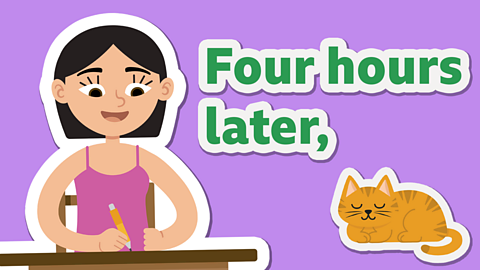Grammar
Verbs and the different tenses
Learn how to use verbs to form the past, present and future tense.
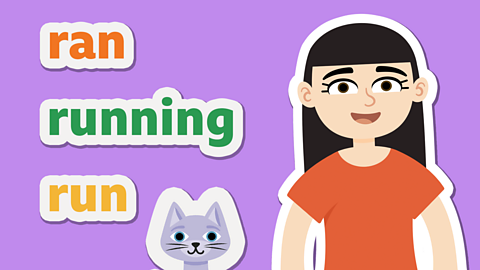
Matching the verbs to the subject
Learn to make sure the subject of a sentence matches the verb correctly.
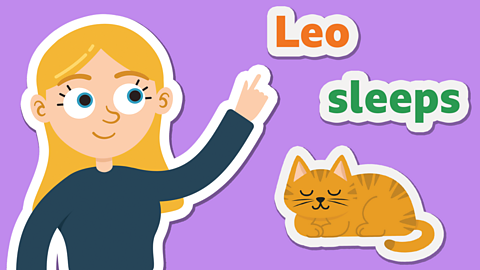
What is a pronoun?
Pronouns take the place of nouns in a sentence, examples are 'him', 'her' and 'them'.
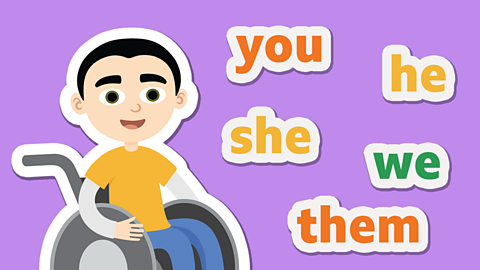
What is an adverb?
An adverb tells you how something happens, like quickly and slowly.
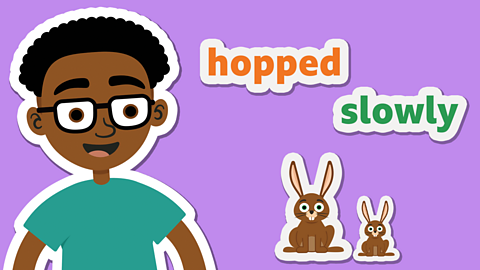
What is a passive verb?
When the subject of a sentence isn't active the verb is passive. If you want to make a sentence active, the subject of the sentence should be doing something.
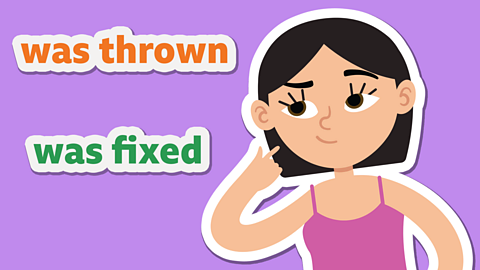
What are modal verbs?
Find out how modal verbs can be used in your writing.
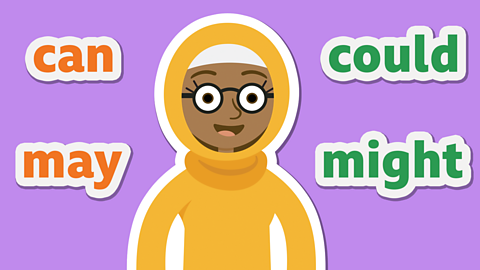
What is a preposition?
A preposition is a word that tells you where or when something is in relation to something else, like "after","before" or "on".
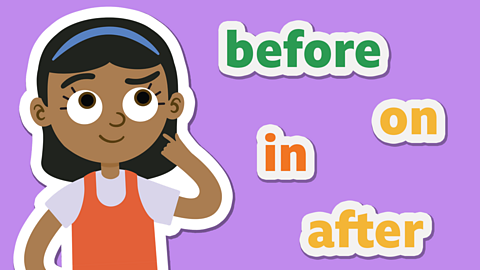
What are subordinating conjunctions?
A subordinate conjunction joins two ideas or clauses in a sentence.
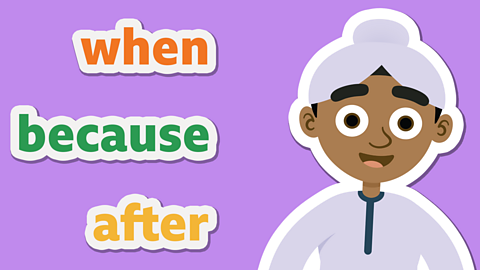
What are coordinating conjunctions?
Conjunctions are joining words, coordinating conjunctions join groups of words about similar things.

What is a relative clause?
A relative clause starts with a relative pronoun (who, that, which, whose, where, when) and is often added to a sentence to define a noun.
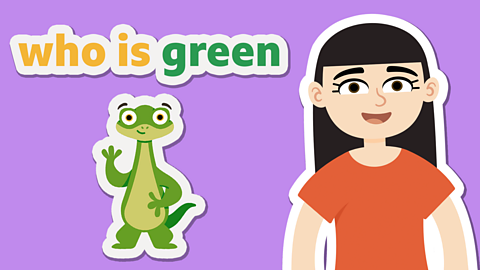
What is an expanded noun phrase?
Expanded noun phrases tell you more about the noun, so the reader will have more information.
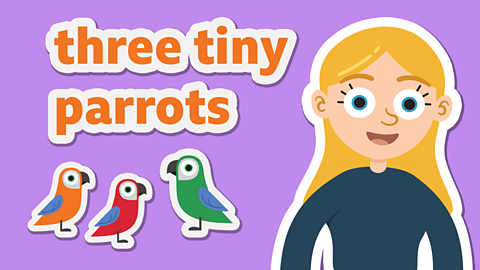
What is a fronted adverbial?
What are fronted adverbials? When can you use them to replace adverbials?
